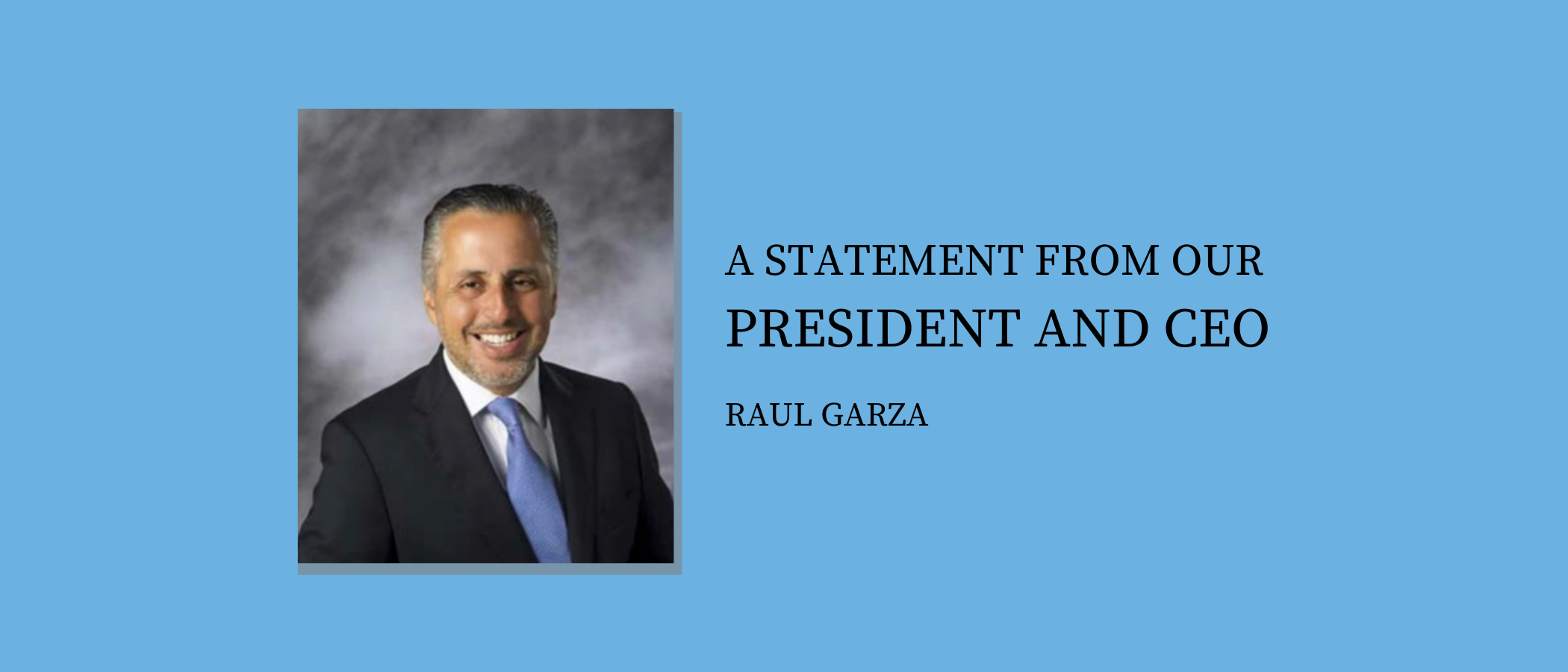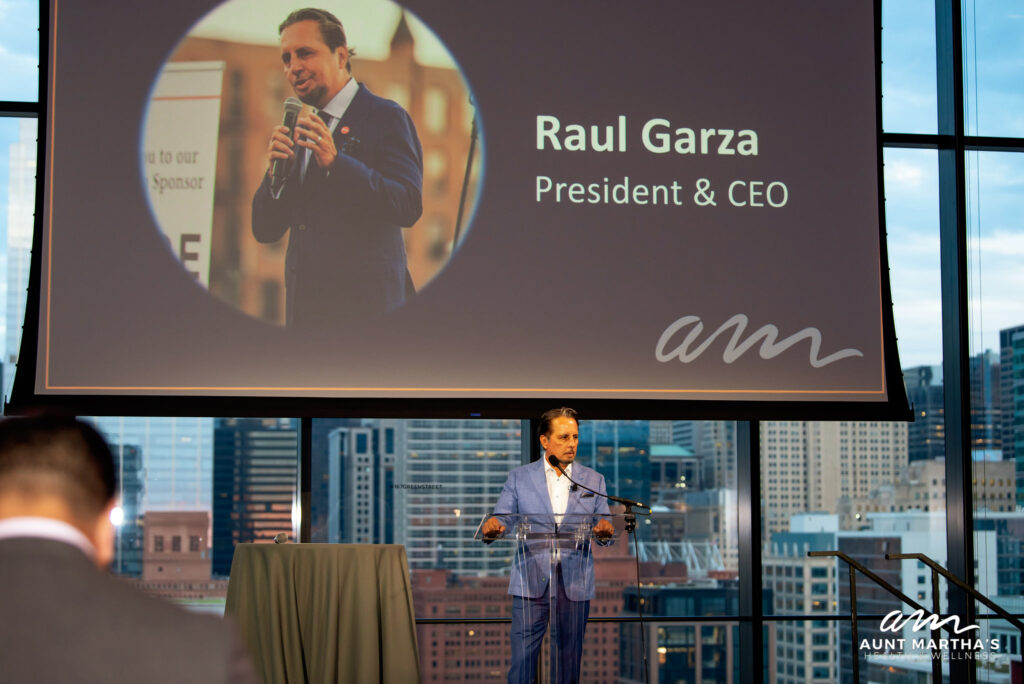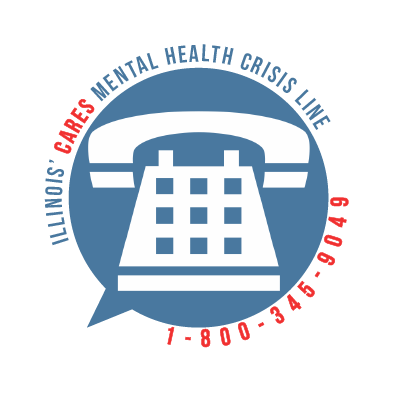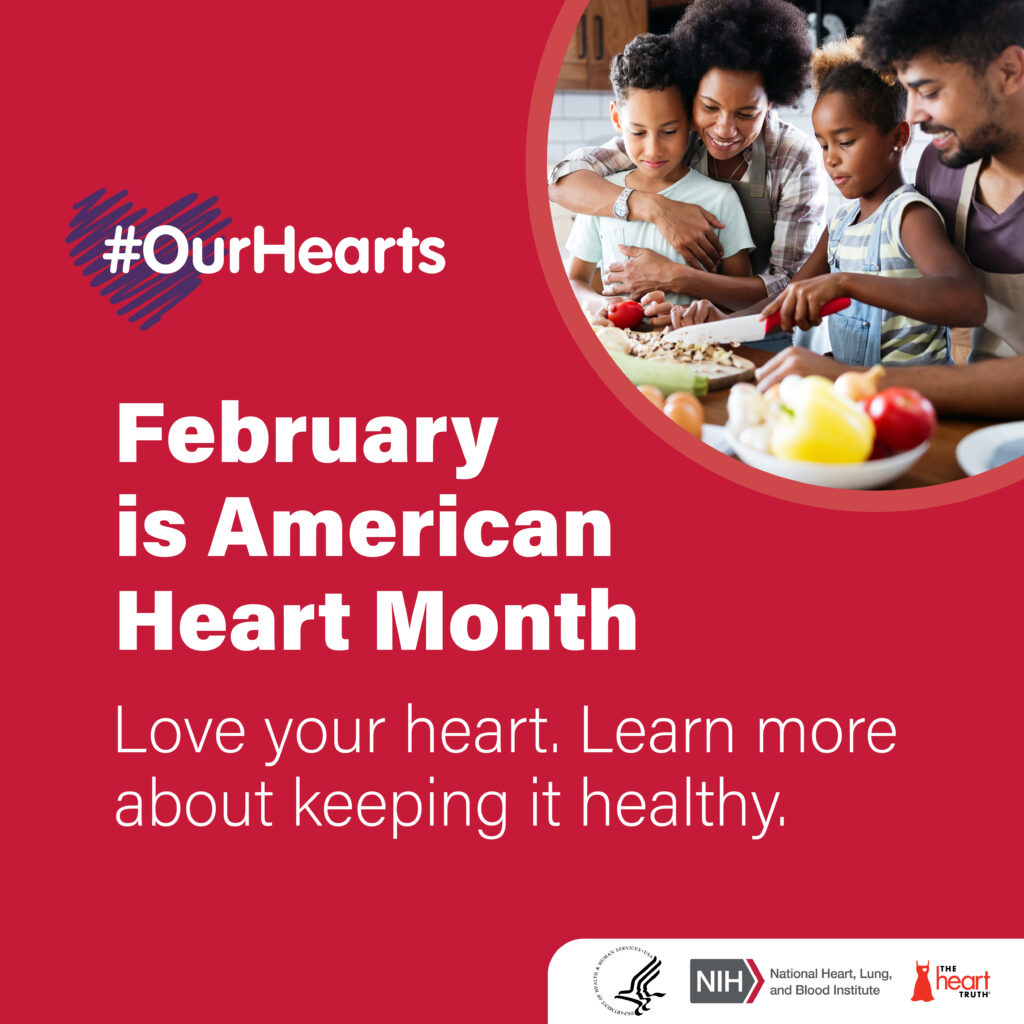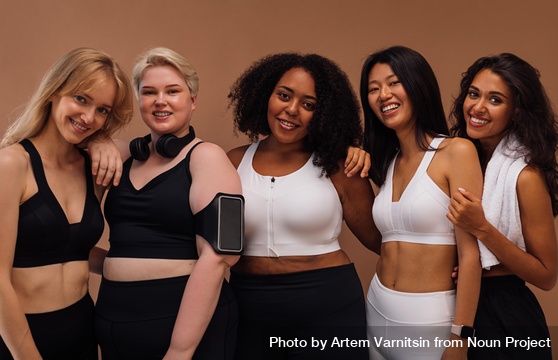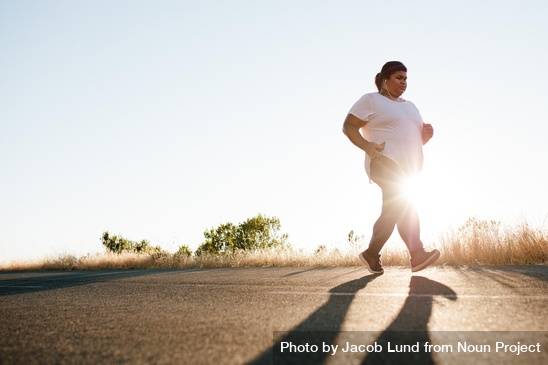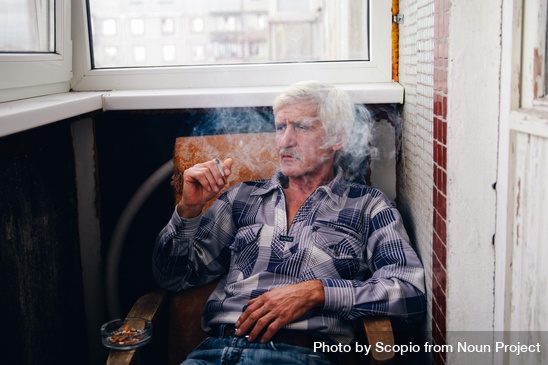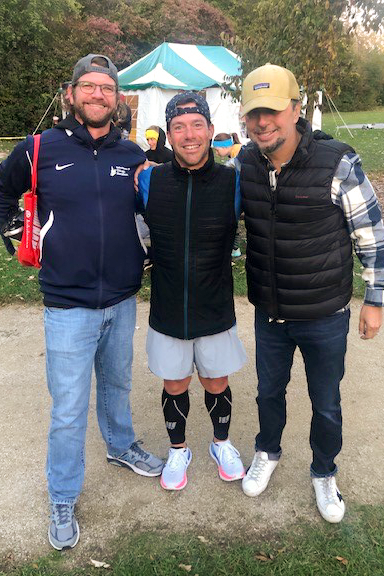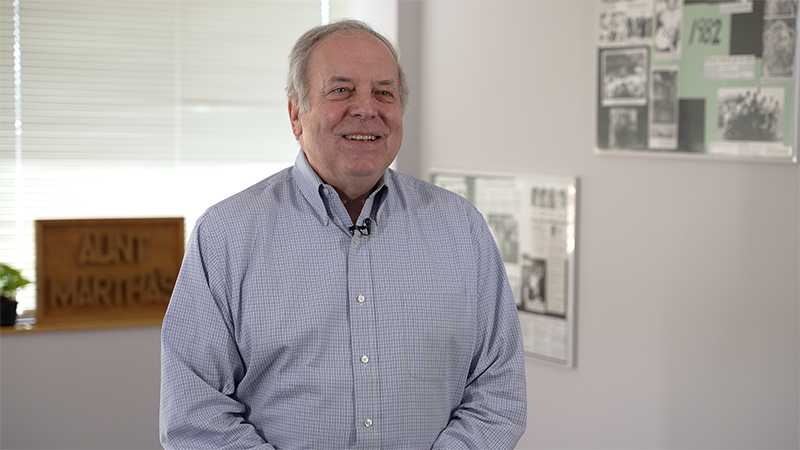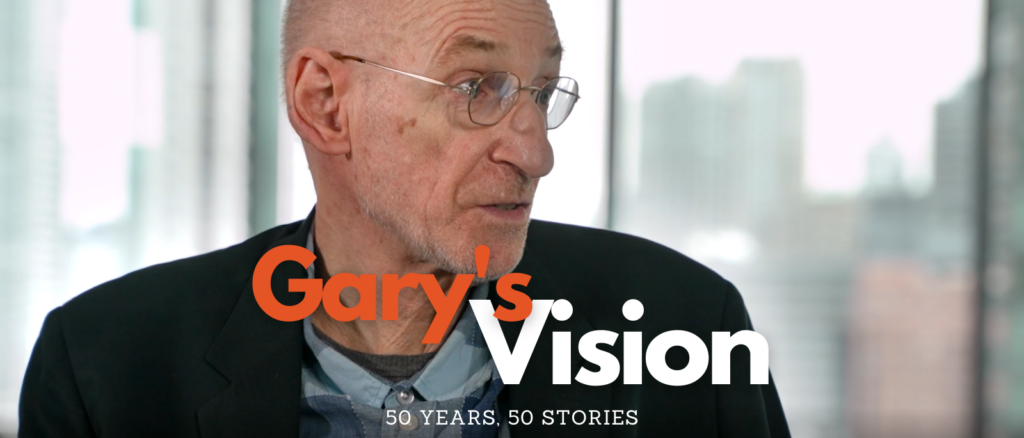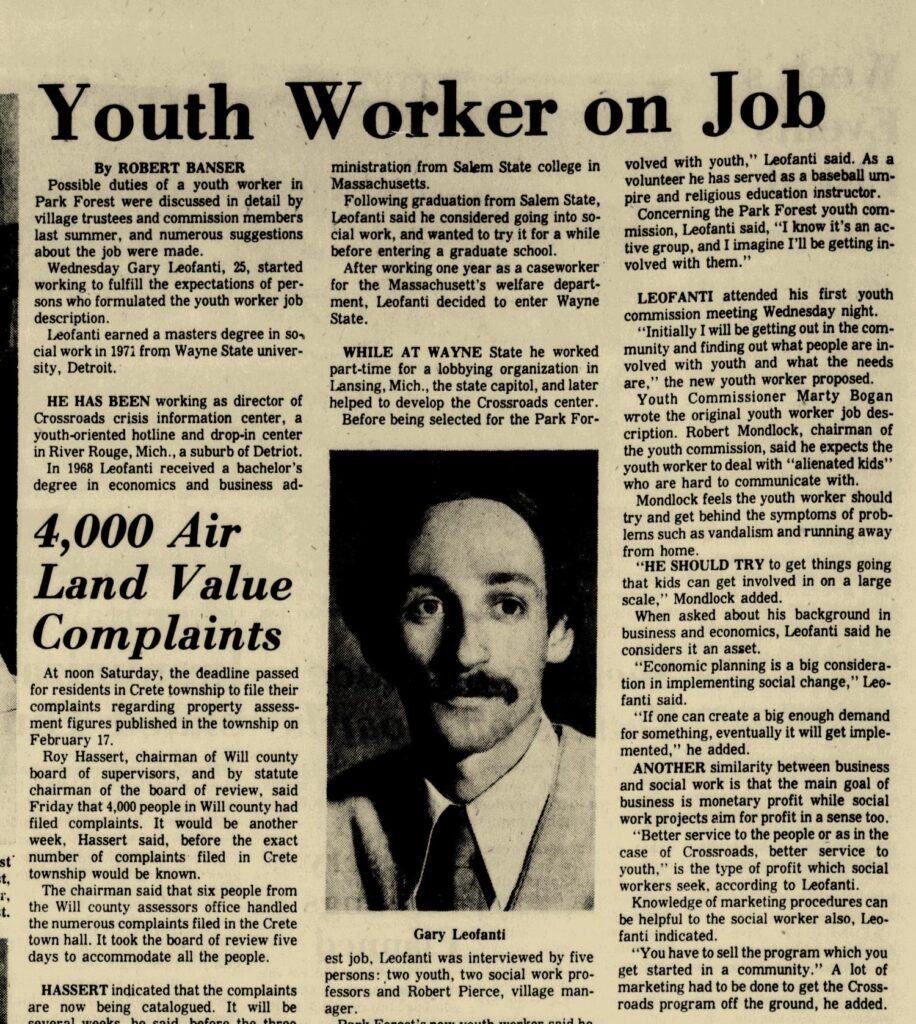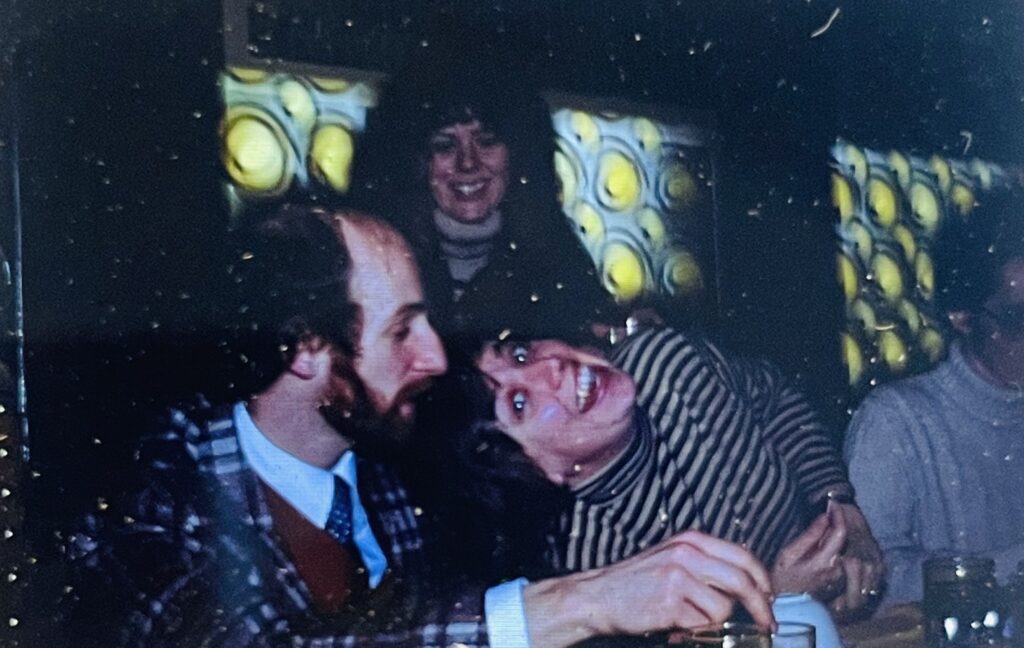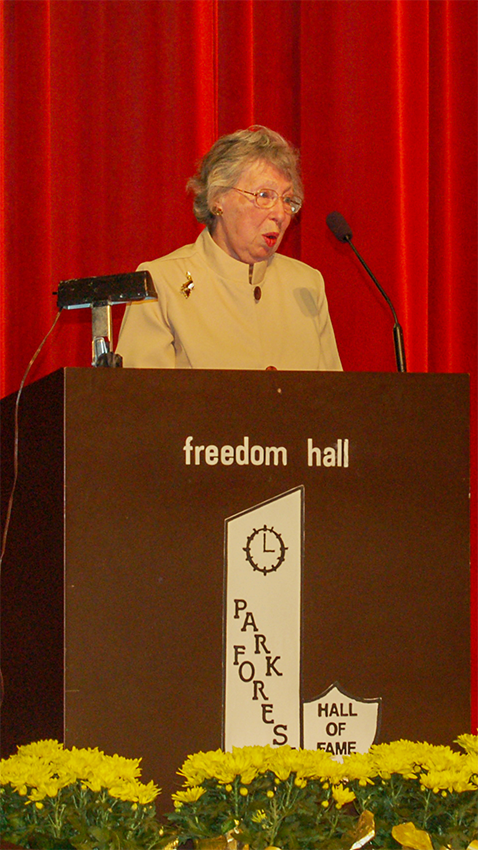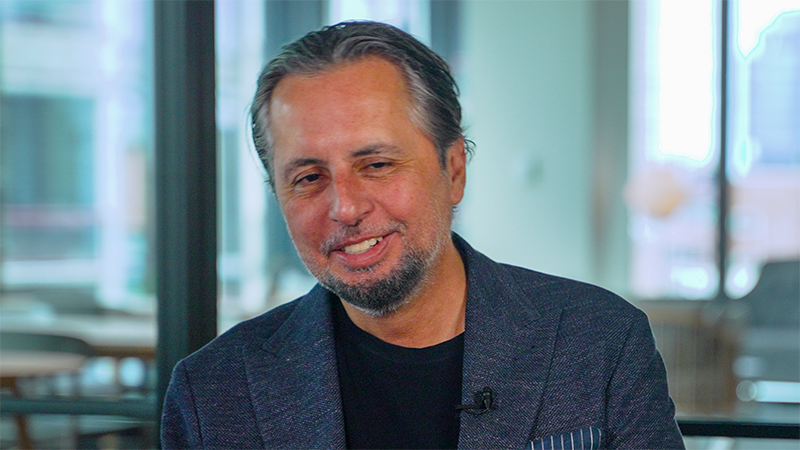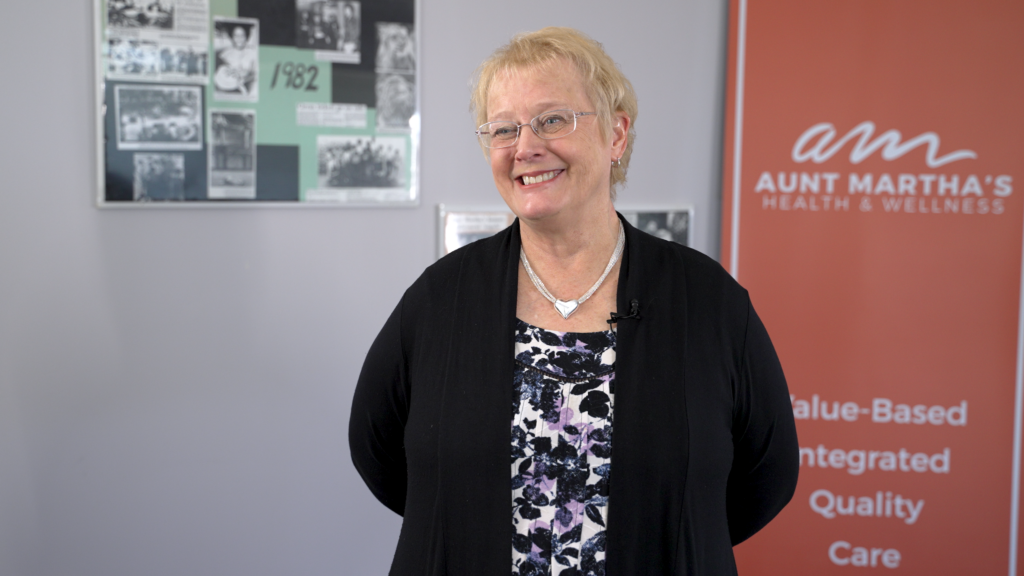A Heartfelt Thank You
Dear Aunt Martha’s Family and Friends,
While you may already be aware that Aunt Martha’s became the recipient of a $9 million donation from Ms. MacKenzie Scott, may not know about the tremendous recognition we’ve garnered from the local media. Today, we’re proud to share a handful of examples of the coverage by The Chicago Tribune, The Chicago Sun Times, The Daily Herald, Block Club Chicago, CBS Chicago, and Crain’s. It’s important that you’re aware of these stories, because you help make them possible. Every individual that has worked with us, supported us, and contracted with us over the years has helped make this outcome possible.
That being said, I am deeply honored and humbled to express our heartfelt gratitude to all the remarkable individuals and groups who have played an instrumental role in making this generous contribution to Aunt Martha’s a reality. Our success is a testament to the collective dedication, passion, and commitment of first and foremost our staff, but also our donors, stakeholders, consultants, volunteers, elected officials, advocates, partners, and of course the support of our Board of Directors. Other partnerships include the US Department of Health and Human Services, The Illinois Department of Children and Family Services, Cook County, the Managed Care Organizations that work closely with us, along with all the other funders that have supported Aunt Martha’s over the past several years. Whether we have been in partnership for a single day or the entire 51 years of Aunt Martha’s operation, each and every one of you has made this donation and recognition possible.
For over 50 years, our dedicated staff has worked tirelessly to transform lives by breaking down barriers, giving a voice to the marginalized, and caring for our most vulnerable neighbors. Yield Giving’s trust in Aunt Martha’s – based on the substance of our values and substantial value of our work – is a strong endorsement of our approach and our vision. The recognition we have received is a testament to the value that Aunt Martha’s creates for our patients, participants, and DCFS youth through our innovative, integrated, health model of care. It is also validation of our history of fighting for the equitable treatment of underrepresented individuals and communities.
We have had some generous donors over the years. I want to take this time to thank the individuals we recognized at our 51st Annual Gala as being the most historically prolific donors: The National Council of Jewish Women South Cook Section, Michael and Helen Arkus, Andrew Madigan, Harish Bhatt, Homero Tristan, Jake Miller, John Dvorak, and Tory Cosich, all of whom we are so very thankful for. Now, I am proud to name the newest addition of the list: MacKenzie Scott.
Beyond these individuals and groups, there is Aunt Martha’s Legal Team, who has made it possible for us to thrive even through hardship. Aunt Martha’s has a history of fighting for the equitable treatment of historically underrepresented individuals and communities. Whether it’s an association, advisory committee, healthcare institution, or municipality, Aunt Martha’s will always speak up for the proper care and treatment of those we serve – whether it be health center patients, DCFS youth in care, or participants in our community-based programs. At times, our willingness to take a stand publicly has made some individuals uncomfortable. For others, however, it has only increased the respect they have for Aunt Martha’s and the work we do. Because of that, we will continue to fight for whatever is right no matter how forceful the pushback may be, because even though it may be the hard thing to do, it is the right thing to do.
I would also like to thank the individual who had a vision 51 years ago, Mr. Gary Leofanti, to help the underserved populations and many communities. That one vision has now turned into over 30 locations that serve 600 communities and 105,000 patients annually.
Together, you have all demonstrated unwavering support for our mission, and your tireless efforts have made a significant difference in the lives of the communities we serve. Your collaboration and generosity have allowed us to expand our reach and continue our vital work. Aunt Martha’s stands as a beacon of hope and support for those in need, and it is thanks to your remarkable contributions that we can continue to provide essential services and programs to those who rely on us. Your belief in our cause and your dedication to our vision are the driving forces behind our continued success.
We look forward to furthering our partnership and achieving even greater milestones together as we strive to make a lasting impact on the lives of those we serve. Your commitment inspires us every day, and we extend our deepest appreciation to each and every one of you.
Thank you for your invaluable support, and for being an essential part of the Aunt Martha’s family.
With gratitude,
Raul Garza
President and CEO
